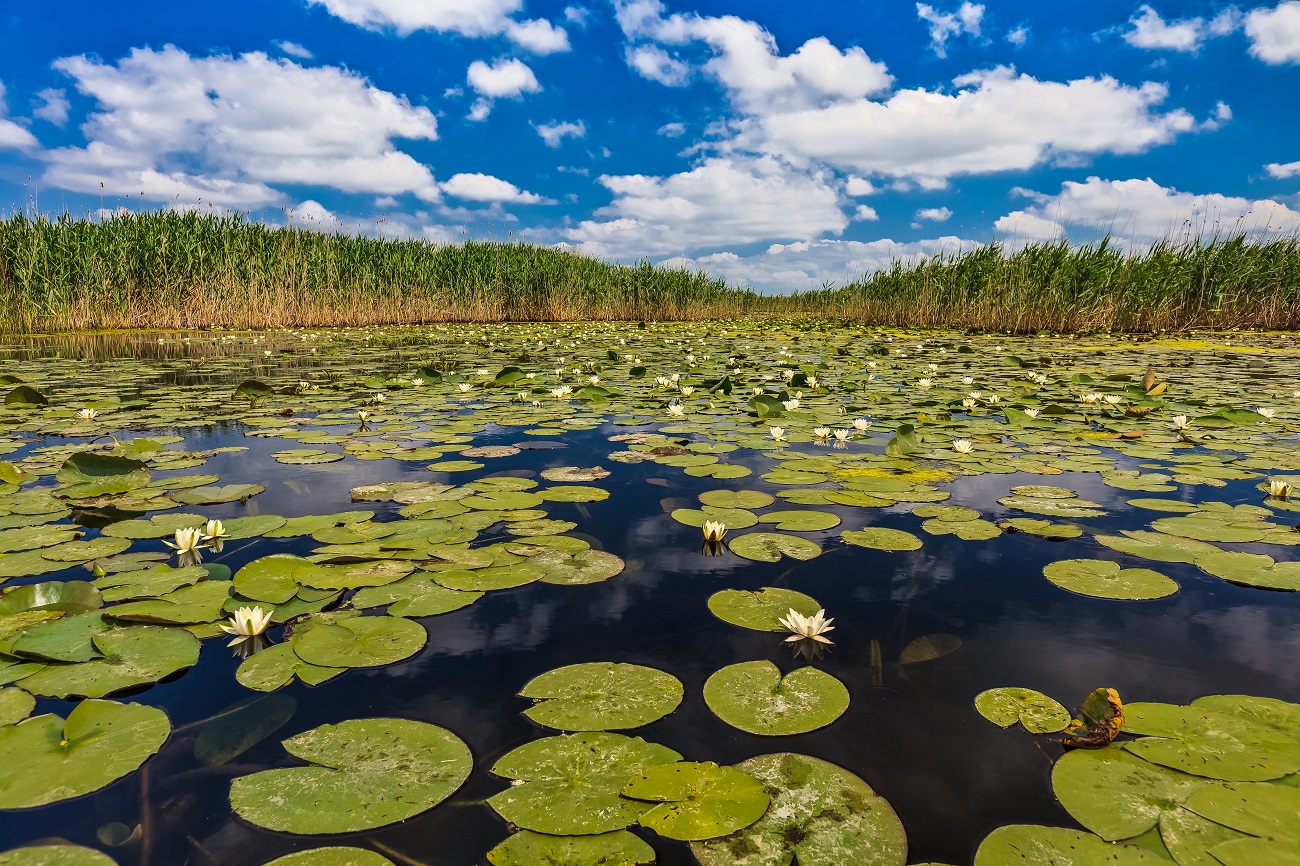
Ways you can help the planet individually
Slowing climate change is a big problem, but small individual actions can help reduce emissions. As 2024 was the warmest year globally since measurements began, with the critical threshold of 1.5°C exceeded for the first time in 12 months, there is an urgent need to reduce emissions.
So scientists and environmental campaigners have identified individual behaviors that can help.
Reducing the number of flights
Transportation is one of the main sources of emissions globally, accounting for 16%. While changing infrastructure is essential to help people reduce transport emissions, individual action can go a long way to reducing them. Replacing air travel as much as possible with train, bus and even car travel with more than one person is recommended. These options almost always generate fewer carbon emissions per km or mile. Fewer flights will also mean traveling closer to home, further reducing carbon emissions.
Second-hand clothes
The textile industry is a major contributor to global warming, responsible for 8 to 10% of global emissions, more than aviation and shipping combined.
Every second, the equivalent of a garbage truck full of clothes is burned or buried, according to the Ellen MacArthur Foundation, a non-profit environmental organization. The best thing you can do is buy fewer new clothes, especially fast fashion items that are often made from unsustainable materials. Clothes can be rented, your existing wardrobe can be recycled, or you can switch to second-hand clothes bought in second-hand stores or online. For example, second-hand or recycled clothing currently accounts for only 9% of the average US wardrobe, but it is growing faster than any other channel in the US fashion sector and is expected to be a market worth around 90 billion dollars over the next 10 years. Laundering clothes less frequently can also help reduce the carbon footprint of everyone’s wardrobe by reducing energy consumption, as well as preventing harmful microplastics from entering waterways. What happens to clothes after they have been worn enough is also important. It’s difficult to fully recycle clothes – only 1% of recycled items are made into new clothes – but they can be donated, sold, given to friends or turned into craft projects. Items thrown in the bin can end up in landfill or be incinerated, increasing greenhouse gas emissions. From this year, they must be disposed of in specially designated areas for recycling.
Reducing single-use plastics
Plastic has infiltrated every aspect of our existence. Microplastics have been found in Antarctic sea ice, inside animals at the deepest ocean depths, in our food and drinking water. Plastic production is expected to at least double by 2050, while plastic waste in the US has been growing steadily since the 1960s. If we continue to consume plastic at the current rate, it could account for 20% of oil production by 2050. More than 99% of plastic is made from chemicals derived from fossil fuels. It is difficult to stop using plastic completely, but we can take steps to reduce consumption. This could not only help the planet but also our health, as some types of plastic have been linked to infertility and endocrine problems. Buying vegetables in bulk is a great way to help eliminate plastic from your weekly grocery shopping. Don’t add the bag or bag from the store, but bring it from home. Plus, don’t forget to recycle PETs, along with aluminum bottles and cans. You can shop at zero-waste stores, replace cling film with beeswax packaging. Plastic utensils are hard to recycle, so choose a more durable material if you really need them. The same goes for drinking straws. Paper ones aren’t good for the environment either, so consider a reusable straw or a container that comes with everything.
Fruit and vegetable diet
It is estimated that by 2033, the planet will be home to 2 billion cattle, 1 billion pigs, 32 billion poultry and around 3 billion sheep. They will all release greenhouse gases – methane and nitrous oxide, molecules that are 28 and 265 times more potent in warming the planet than carbon dioxide, respectively. In addition, huge areas of land and water need to be maintained to sustain them. People could then eat less meat – an effective way to reduce emissions.
According to a UK study, vegans have diets that generate only 25% of the carbon emissions of meat-eaters, while both vegetarians and vegans use far less water and harm biodiversity less than omnivores.
Greener pets
Research shows that having pets is not the most environmentally friendly thing. Cats, for example, can generate more than 3 tons of carbon dioxide in their lifetime – the equivalent of driving a gasoline-powered car 12,070 km. But there are ways to reduce pets’ carbon footprint. One option is switching to more sustainable proteins for their food. Another is switching to bags made from recycled materials for their droppings, as opposed to bags made from virgin plastic or biodegradable alternatives, which have a surprising impact on the climate.





